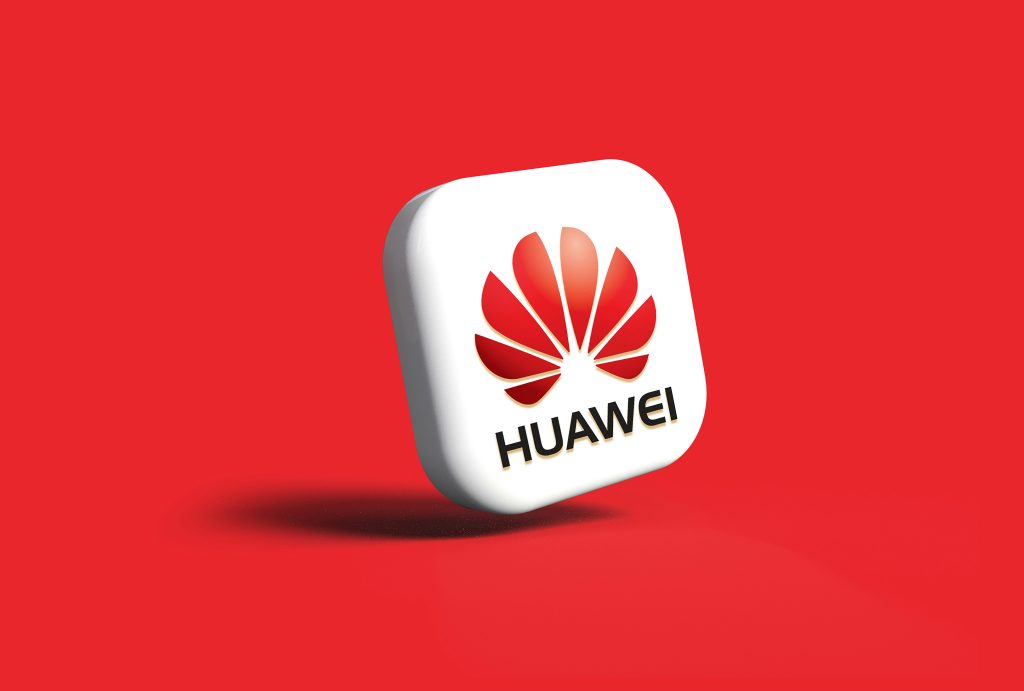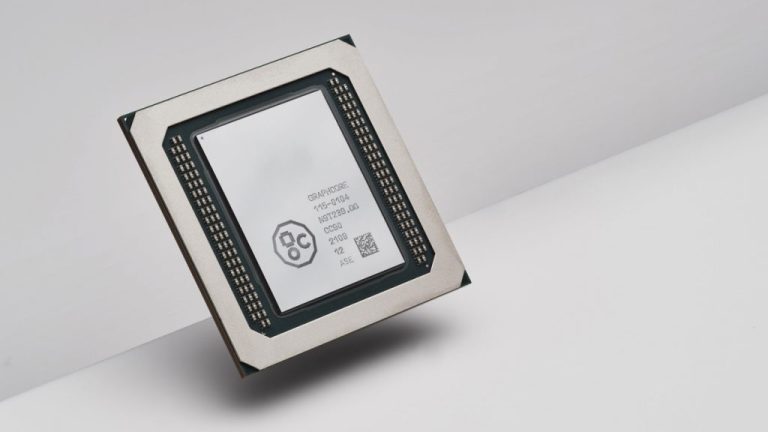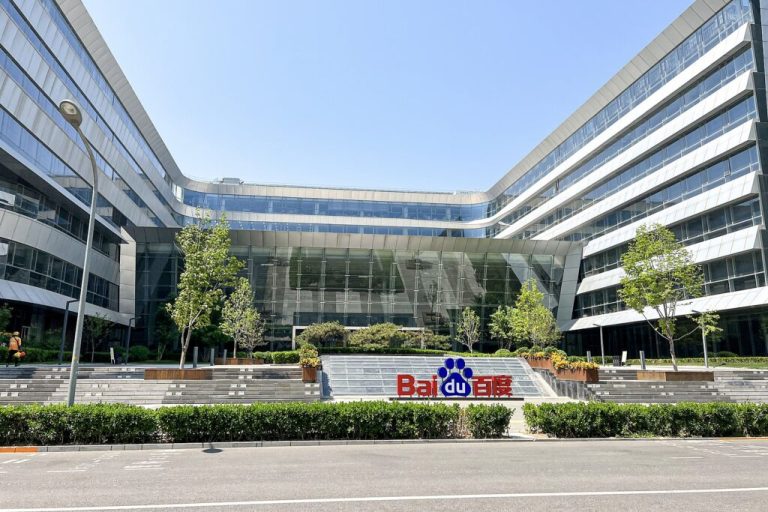Huawei’s AI Hardware Innovation Disrupts Nvidia’s Market Leadership
Huawei’s AI Hardware Breakthrough Challenges Nvidia’s Dominance
Chinese tech giant Huawei has made a significant move that could potentially reshape the landscape of global AI chip manufacturing. The company recently unveiled a powerful computing system known as the CloudMatrix 384 Supernode. According to local media reports, it outperforms comparable technology from the leading American chip manufacturer, Nvidia.
If the performance claims hold true, this AI hardware advancement could alter the technological landscape, especially as AI development continues to expand worldwide amidst US restrictions aimed at limiting China’s access to advanced technology.
300 Petaflops: A Challenge to Nvidia’s Hardware Dominance
The CloudMatrix 384 Supernode has been described in reports as a “nuclear-level product,” according to STAR Market Daily, as noted by the South China Morning Post (SCMP). The system boasts an impressive 300 petaflops of computing power, surpassing Nvidia’s NVL72 system, which delivers 180 petaflops.
This new system was specifically engineered to tackle the computing bottlenecks that have become a growing concern as AI models increase in size and complexity. It aims to directly compete with Nvidia’s products, which have so far led the global market in AI accelerator hardware.
First introduced in September 2024, the CloudMatrix 384 was developed to meet the surging demand within China’s domestic market. The 384 Supernode variant signifies the most advanced implementation of AI architecture to date, reportedly achieving a throughput of 1,920 tokens per second while maintaining high levels of accuracy. Impressively, it matches the performance of Nvidia’s H100 chips but relies on components sourced from China.
Developing Under Sanctions: A Significant Technical Achievement
This breakthrough is particularly remarkable considering the severe technological limitations Huawei has encountered since being listed on the US Entity List, restricting its access to advanced US semiconductor technologies and design software. Consequently, Huawei has had to rely on domestic supply chains and develop alternative solutions.
Central to the performance of the CloudMatrix 384 is Huawei’s response to Nvidia’s NVLink— a high-speed interconnect technology that allows multiple GPUs to communicate efficiently. Nvidia’s NVL72 system, which launched in March 2024, operates using a 72-GPU NVLink domain, functioning as a single powerful GPU to enable real-time inference for trillion-parameter models at speeds significantly faster than earlier generations.
Reports from the SCMP indicate that Huawei is collaborating with the Chinese AI infrastructure startup SiliconFlow to implement the CloudMatrix 384 Supernode in support of the DeepSeek-R1 reasoning model, developed by Hangzhou-based DeepSeek. Supernodes are AI architectural infrastructures that possess more resources than standard systems, including improved central processing units, neural processing units, network bandwidth, storage, and memory. This configuration allows them to function as relay servers, thereby boosting overall computing performance and facilitating the accelerated training of foundational AI models.
Beyond Huawei: A Wider AI Infrastructure Initiative in China
The advancement achieved by Huawei is indicative of a broader initiative among Chinese tech companies to establish domestic AI computing infrastructures. In February, Alibaba Group announced a massive investment of 380 billion yuan ($52.4 billion) directed towards computing resources and AI infrastructure over three years—the largest investment by a private Chinese entity in a computing project to date.
For the global AI community, the rise of viable alternatives to Nvidia’s hardware may help alleviate the computing bottlenecks that have hindered AI progress. Increased competition in this arena could lead to enhanced computing capabilities and provide developers with more diverse options for training and deploying their models.
As tensions escalate between the United States and China within the technology sector, Huawei’s CloudMatrix 384 Supernode marks a notable advancement in China’s ambition for technological self-sufficiency. If the performance claims are substantiated, this breakthrough in AI hardware could indicate that Huawei has attained computing independence in this specific area, despite enduring significant sanctions.
This progress reflects a trend among Chinese technology firms, which are increasingly investing in AI infrastructure to meet rising demand and encourage the use of domestically produced chips. Such collective efforts underline China’s determination to develop local alternatives to American technology in this strategically essential domain.
For those interested in further exploring advancements in AI and big data, the AI & Big Data Expo will be held in Amsterdam, California, and London, featuring industry leaders sharing insights. This extensive event will run alongside notable gatherings such as the Intelligent Automation Conference, BlockX, Digital Transformation Week, and Cyber Security & Cloud Expo.
The Role of Machine Learning in Enhancing Cloud-Native Container Security
Machine learning significantly boosts the security of cloud-native containers by enabling automated threat detection, enhancing behavior analysis, and facilitating rapid incident response. As cloud environments proliferate, robust security measures are imperative to protect sensitive data and applications.
Trends in Machine Learning
- Innovative machine learning uses that are transforming business applications.
- AI technologies reportedly used to fraudulently enhance music stream counts.
- The advantages of collaborating with outsourced development teams in AI projects.
Tackling Hallucinations: MIT Spinout Teaches AI to Admit When It’s Clueless
In the field of artificial intelligence, a recent advancement spearheaded by a MIT spinout is focused on addressing the issue of “hallucinations” in AI systems. This initiative aims to enhance transparency by equipping AI models with the ability to acknowledge their limitations and uncertainties, rather than presenting incorrect or misleading information confidently.
Diabetes Management: IBM and Roche Use AI to Forecast Blood Sugar Levels
Through collaboration between IBM and Roche, innovative AI technology is now being utilized to predict blood sugar variations in individuals with diabetes. This proactive approach helps in personalizing care strategies, allowing for better management of the condition and improving overall patient outcomes.
DeepSeek’s Latest AI Model a ‘Big Step Backwards’ for Free Speech
DeepSeek’s new AI model has come under scrutiny for potentially limiting free speech. Critics argue that the model could impose restrictions that hinder open dialogue and expression, raising ethical concerns about its implications for communication in digital environments.
Explore an extensive list of countries and territories around the world. Each entry represents a unique destination with its own culture and identity. Whether you are planning a trip or simply curious about global diversity, this compilation can serve as a reference point.
From the Americas, including El Salvador and Venezuela, to regions all over Europe, Asia, Africa, and Oceania, the breadth of nations showcases a tapestry of experiences. Each listed country offers unique landscapes, traditions, and histories that captivate travelers and scholars alike.
Whether you’re interested in popular tourist spots such as France and Italy or lesser-known locales like the Falkland Islands and Tuvalu, this guide highlights the vast array of places worth exploring. They represent opportunities for cultural exchange, adventure, and learning.
Engaging with countries worldwide can provide valuable perspectives on global issues and foster understanding among diverse populations. Use this list not only as a travel guide but also as a means to appreciate the rich tapestry of our interconnected world.







